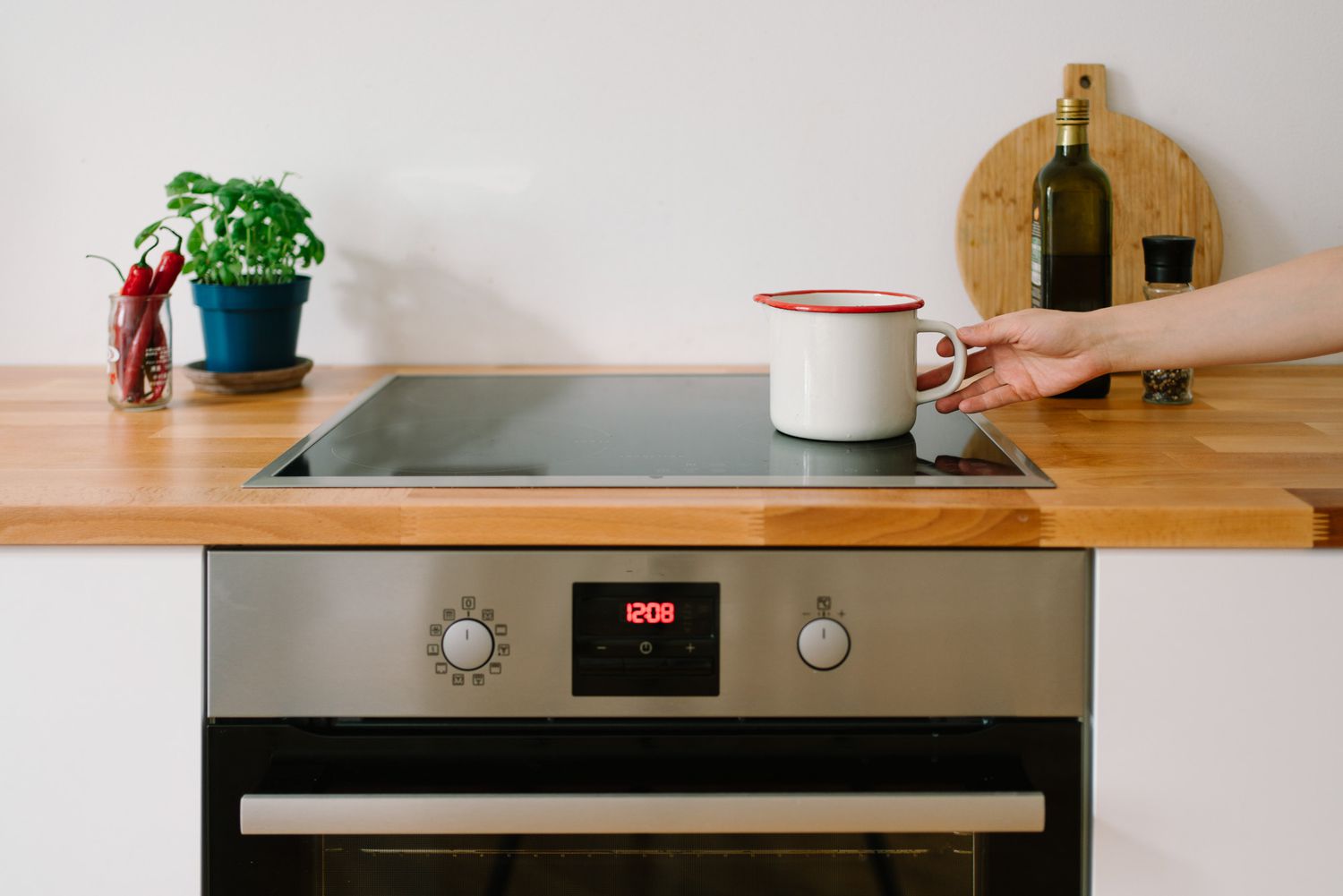

Articles
Which Electric Stove Top Is The Best
Modified: February 7, 2024
Discover the top electric stove tops for your kitchen with our comprehensive articles. Learn about the best options and make an informed decision.
(Many of the links in this article redirect to a specific reviewed product. Your purchase of these products through affiliate links helps to generate commission for Storables.com, at no extra cost. Learn more)
Introduction
Choosing the right electric stove top for your kitchen can significantly impact your cooking experience. With a wide array of options available in the market, it can be overwhelming to determine which stove top is best suited to your needs. Whether you are a seasoned chef or a passionate home cook, understanding the different types of electric stove tops and their respective pros and cons is essential to making an informed decision.
Factors such as cooking style, energy efficiency, maintenance, and aesthetics all play a role in selecting the ideal electric stove top. This article will explore the three main types of electric stove tops: induction, electric coil, and smooth glass. Each type has its own unique features and benefits, allowing you to choose the option that best suits your culinary needs and preferences.
Key Takeaways:
- Induction stove tops offer efficient performance, precise temperature control, and enhanced safety features, making them ideal for those who prioritize quick heating and energy efficiency. However, they may require compatible cookware and have a higher initial cost.
- Electric coil stove tops provide affordability, durability, and versatility, accommodating a wide range of cookware. While they have slower heat-up times and require more effort to clean, they offer a practical and budget-friendly cooking solution for many households.
Read more: Which Is The Best Electric Cooktop
Factors to Consider when Choosing an Electric Stove Top
When deciding on an electric stove top, there are several key factors to consider. These factors will help you narrow down your options and choose the stove top that aligns with your cooking style and lifestyle. Here are some important considerations to keep in mind:
-
Power and Efficiency: The power and efficiency of an electric stove top is an important factor to consider. Induction stove tops are known for their quick heat-up times and precise temperature control, making them highly efficient. Electric coil stove tops, on the other hand, may take longer to heat up and may have less precise temperature control. Smooth glass stove tops fall somewhere in between, offering moderate efficiency.
-
Safety Features: Safety is paramount when working with electric stove tops. Induction stove tops have a distinct advantage in this area, as they heat up the cookware directly and not the surface of the stove top. This means that the surface remains cool to the touch, reducing the risk of burns. Electric coil and smooth glass stove tops, on the other hand, can get hot and may pose a burn risk.
-
Cookware Compatibility: Induction stove tops require the use of cookware made from magnetic materials, such as cast iron or stainless steel. If you already have a collection of non-magnetic cookware, you may need to invest in new pots and pans. Electric coil and smooth glass stove tops, on the other hand, can accommodate a wider range of cookware, including both magnetic and non-magnetic options.
-
Maintenance: Consider the ease of cleaning and maintenance when choosing an electric stove top. Smooth glass stove tops are generally the easiest to clean, as they provide a flat surface without any coils or crevices where food can get trapped. Induction stove tops also have a smooth surface, but they require special cleaning products to remove stubborn stains. Electric coil stove tops can be more challenging to clean, as food debris can accumulate around the coils.
-
Price: The price range of electric stove tops varies depending on the type and brand. Induction stove tops are typically the most expensive, followed by smooth glass and electric coil stove tops. Consider your budget and the features that are most important to you when making a decision.
By keeping these factors in mind, you can make an informed decision when choosing the best electric stove top for your kitchen. Additionally, consider factors such as cooking style, available space, and personal preferences to find the perfect stove top that will enhance your culinary experience.
Induction Stove Tops
Induction stove tops are a modern and innovative option for cooking enthusiasts. Unlike traditional electric stove tops that use radiant heat, induction stove tops use electromagnetic fields to heat up the cookware directly. This results in faster heating, precise temperature control, and a more efficient cooking experience.
One of the key advantages of induction stove tops is their incredible speed. Due to the direct transfer of heat to the cookware, induction stoves can heat up significantly faster than other types. This not only saves time but also allows for quicker cooking and boiling.
Another major benefit of induction stove tops is their precise temperature control. With induction, you can easily adjust the heat levels with precise increments. This allows for more accurate cooking, especially when it comes to delicate recipes that require specific temperature ranges.
In terms of safety, induction stove tops are a clear winner. Since the surface of the stove top remains cool during operation, there is a significantly reduced risk of burns. This makes induction stoves a safer option, especially for households with children or individuals who may be prone to accidents in the kitchen.
However, it’s important to note that not all cookware is compatible with induction stove tops. Induction technology requires the use of cookware made from magnetic materials, such as cast iron or stainless steel. If you have a collection of non-magnetic cookware, you may need to invest in new pots and pans to use with an induction stove top.
Maintenance of an induction stove top is relatively easy. The smooth glass surface can be easily wiped clean with a damp cloth. However, it’s worth mentioning that induction stoves can be prone to scratching if abrasive cleaning materials are used.
In terms of price, induction stove tops are generally more expensive compared to other options. However, the investment is justified by their efficient performance, precise temperature control, and enhanced safety features.
Overall, if you’re looking for a modern and efficient cooking experience, an induction stove top is a great option to consider. Its fast heating, precise temperature control, and safety features make it a favorite among professional chefs and home cooks alike. Just make sure to check your cookware compatibility and factor in the initial cost when making your decision.
Pros and Cons of Induction Stove Tops
Induction stove tops offer several advantages that make them a popular choice among cooking enthusiasts. However, like any other appliance, they also have some drawbacks. Let’s take a closer look at the pros and cons of induction stove tops.
Pros:
-
Efficiency: Induction stove tops are highly efficient due to their direct heat transfer to the cookware. This means they heat up faster and use less energy than conventional models, leading to lower electricity bills.
-
Precise Temperature Control: Induction stoves allow for precise temperature adjustments. You can easily increase or decrease the heat levels with accuracy, making it ideal for delicate recipes that require specific temperature ranges.
-
Safety: One of the significant advantages of induction stove tops is their safety features. Since the surface of the stove top remains cool, there is a lower risk of accidental burns. This makes them a safer option, particularly for households with children.
-
Ease of Cleaning: Induction stove tops have a smooth glass surface that is easy to clean. You can simply wipe away spills and stains with a damp cloth, making maintenance a breeze.
-
Rapid Heating: Induction stoves heat up quickly, allowing for faster cooking and boiling times. This can be a time-saving feature for busy individuals or those who want to minimize cooking time.
Cons:
-
Cookware Compatibility: Induction stove tops require the use of cookware made from magnetic materials, such as cast iron or stainless steel. If you have a collection of non-magnetic cookware, you may need to invest in new pots and pans.
-
Higher Initial Cost: Induction stove tops are generally more expensive compared to other types. While their energy efficiency can save money in the long run, the upfront cost may be a deterrent for some buyers.
-
Noisy Operation: Induction stoves can produce a faint humming noise during operation. While it may not be a significant concern for most users, it’s worth considering if you prefer a quieter cooking experience.
-
Sensitive to Cookware: Induction stoves are sensitive to the size and shape of the cookware being used. If the cookware doesn’t cover the entire induction coil, it may not heat up properly.
In summary, induction stove tops offer efficient performance, precise temperature control, enhanced safety features, and easy maintenance. However, they may require compatible cookware, come with a higher initial cost, produce noise during operation, and have specific requirements for optimal heating. By considering these pros and cons, you can determine if an induction stove top is the right choice for your cooking needs and preferences.
Electric Coil Stove Tops
Electric coil stove tops are a traditional and widely-used option for many households. They consist of electrically-powered coils that heat up when electricity passes through them. These coils provide a reliable and straightforward cooking method that many people are familiar with.
One of the key benefits of electric coil stove tops is their affordability. They are generally more budget-friendly compared to other types of stove tops, making them a popular choice for those on a tighter budget.
Electric coil stove tops are also known for their durability. The coils are sturdy and can withstand heavy pots and pans without losing their heating efficiency. This makes them a reliable option for everyday cooking needs.
Another advantage of electric coil stove tops is their versatility. They work well with a wide variety of cookware, including both magnetic and non-magnetic materials. This means you can use your existing pots and pans without needing to invest in specialized cookware.
However, one of the drawbacks of electric coil stove tops is their slower heat-up time compared to other types. It may take a while for the coils to reach the desired temperature, which can be a disadvantage for those who want quick cooking or boiling times.
Temperature control on electric coil stove tops can be somewhat challenging. The coils may not distribute heat evenly, leading to hot spots and uneven cooking. This can be mitigated by regularly moving the cookware around or using heat diffusers to distribute the heat more evenly.
Cleaning and maintenance of electric coil stove tops can also be more challenging compared to other options. Food debris can accumulate around the coils, requiring extra effort to clean. Additionally, spills and stains can be more difficult to remove due to the textured surface of the coils.
In terms of safety, electric coil stove tops can pose a higher risk of burns. The coils can get very hot during operation, and accidental contact with them can result in burns or injuries. It’s important to exercise caution and use potholders or oven mitts when handling hot pots and pans.
Overall, electric coil stove tops are a budget-friendly and durable option for those who prefer a traditional cooking experience. While they may have slower heat-up times, uneven temperature distribution, and require more effort to clean, they offer versatility and reliability in everyday cooking tasks.
When choosing an electric stove top, consider the size of your cookware and the number of burners you need. Look for features like adjustable heat settings and easy-to-clean surfaces. Consider brands with good customer reviews for reliability.
Read more: Which Is Better Gas Or Electric Cooktop
Pros and Cons of Electric Coil Stove Tops
Electric coil stove tops have been a popular choice in kitchens for many years. They offer a range of advantages as well as a few disadvantages. Let’s explore the pros and cons of electric coil stove tops to help you make an informed decision about whether they are the right option for your cooking needs.
Pros:
-
Affordability: Electric coil stove tops are generally more affordable compared to other types of stove tops. This makes them an attractive option for those on a tighter budget.
-
Durability: The coils on electric coil stove tops are sturdy and can withstand heavy cookware without losing their heating efficiency. This makes them a reliable choice for everyday cooking needs.
-
Versatility: Electric coil stove tops work well with a wide variety of cookware, including both magnetic and non-magnetic materials. This means you can use your existing pots and pans without needing to invest in specialized cookware.
-
Familiarity: Many people are accustomed to cooking on electric coil stove tops, as they have been a traditional option for years. They offer a familiar and straightforward cooking experience.
Cons:
-
Slower Heat-Up Time: Electric coil stove tops generally have a slower heat-up time compared to other types. It may take a while for the coils to reach the desired temperature, which can be a disadvantage for those who want quick cooking or boiling times.
-
Uneven Temperature Distribution: The coils on electric coil stove tops may not distribute heat evenly, resulting in hot spots and uneven cooking. Regularly moving the cookware or using heat diffusers can help mitigate this issue.
-
Cleaning and Maintenance: Cleaning and maintaining electric coil stove tops can be more challenging compared to other options. Food debris can accumulate around the coils, requiring extra effort to clean. Additionally, spills and stains can be more difficult to remove due to the textured surface of the coils.
-
Burn Risk: The coils on electric coil stove tops can get very hot during operation, posing a higher risk of burns. It’s important to exercise caution and use potholders or oven mitts when handling hot pots and pans.
In summary, electric coil stove tops offer affordability, durability, versatility, and a familiar cooking experience. However, they may have slower heat-up times, uneven temperature distribution, require more effort to clean, and come with a higher risk of burns. By considering these pros and cons, you can determine if an electric coil stove top is the right choice for your cooking needs and preferences.
Smooth Glass Stove Tops
Smooth glass stove tops, also known as ceramic or glass-ceramic stove tops, have gained popularity for their sleek and modern appearance. These stylish stove tops feature a smooth glass surface with heating elements located beneath the glass. They offer a range of benefits that make them an appealing choice for many homeowners.
One of the key advantages of smooth glass stove tops is their aesthetic appeal. Their streamlined and glossy surface adds a touch of elegance to any kitchen. This sleek design makes them a popular choice for those who value style and visual appeal in their cooking space.
In terms of functionality, smooth glass stove tops offer several benefits. They provide even and consistent heat distribution, resulting in more precise and uniform cooking. The flat surface makes it easier to slide pans across the stove top without any obstacles, allowing for effortless maneuvering while cooking.
Cleaning and maintenance of smooth glass stove tops are relatively simple. The smooth surface does not have any coils or crevices where food particles can accumulate, making it easy to wipe away spills and messes. However, it’s important to use non-abrasive cleaning materials to avoid scratching the glass.
Smooth glass stove tops also have a safety advantage. The surface remains cool to the touch while cooking, reducing the risk of accidental burns. This feature makes them a popular choice for households with children or those concerned with kitchen safety.
However, there are a few points to keep in mind when using a smooth glass stove top. They are more prone to scratching, so caution must be exercised when using heavy or rough-bottomed cookware. It’s recommended to use cookware with a flat and smooth base to prevent any damage to the glass surface.
Another consideration is that smooth glass stove tops can be sensitive to sudden temperature changes. It’s important to avoid placing hot pots or pans directly onto the glass surface, as it may cause thermal shock and potentially lead to cracking or damage.
When it comes to price, smooth glass stove tops generally fall in the mid-range category. While they may have a higher price point compared to electric coil stove tops, they offer a more sleek and modern design, as well as additional safety features.
In summary, smooth glass stove tops are known for their aesthetic appeal, even heat distribution, easy cleaning, and safety features. While they may be more prone to scratches and require some caution when using cookware on the surface, they offer a stylish and efficient cooking experience for those who value both functionality and design in their kitchen.
Pros and Cons of Smooth Glass Stove Tops
Smooth glass stove tops, also known as ceramic or glass-ceramic stove tops, offer several advantages that make them a popular choice for many homeowners. However, like any other appliance, they also have a few drawbacks. Let’s explore the pros and cons of smooth glass stove tops to help you evaluate if they are the right option for your kitchen.
Pros:
-
Aesthetic Appeal: Smooth glass stove tops offer a sleek and modern appearance that can enhance the overall look of your kitchen. Their glossy and streamlined surface adds a touch of elegance to any cooking space.
-
Even Heat Distribution: The smooth glass surface ensures even and consistent heat distribution, resulting in more precise and uniform cooking. This eliminates the risk of hot spots and allows for excellent control over the cooking process.
-
Easy Cleaning and Maintenance: Cleaning a smooth glass stove top is relatively simple. The flat surface does not have any coils or crevices where food particles can accumulate, making it easy to wipe away spills and messes with a damp cloth. The lack of rugged elements also means there are no areas that require deep cleaning.
-
Safety: Smooth glass stove tops have a safety advantage as the surface remains cool to the touch while cooking. This reduces the risk of accidental burns, making them a preferable choice, especially for households with children or individuals concerned about kitchen safety.
-
Sleek Design: The streamlined and glossy surface of smooth glass stove tops adds a modern and stylish touch to your kitchen decor. They can easily blend in with various design aesthetics and create a visually appealing cooking space.
Cons:
-
Scratching: Smooth glass stove tops are more susceptible to scratches compared to other types of stove tops. Care must be taken when using heavy or rough-bottomed cookware to prevent any damage to the glass surface. It’s advisable to use cookware with a flat and smooth base to minimize the risk of scratching.
-
Sensitivity to Temperature Changes: Smooth glass stove tops can be sensitive to sudden temperature changes. Placing extremely hot pots or pans directly onto the glass surface can cause thermal shock and potentially lead to cracking or damage. It’s recommended to use trivets or heat-resistant pads to protect the glass.
-
Higher Price Range: Smooth glass stove tops are generally priced in the mid-range category. While they offer a sleek design and additional safety features, they may have a higher price point compared to traditional electric coil stove tops.
In summary, smooth glass stove tops offer aesthetic appeal, even heat distribution, easy cleaning, and safety features. However, they require caution to prevent scratching and protect against sudden temperature changes. Considering these pros and cons will help you determine if a smooth glass stove top is the right choice for your kitchen, balancing both functionality and design.
Conclusion
Choosing the best electric stove top for your kitchen requires careful consideration of various factors. Whether you opt for an induction stove top, electric coil stove top, or smooth glass stove top, each option comes with its own pros and cons. By understanding these differences, you can make an informed decision based on your individual needs and preferences.
Induction stove tops offer efficient performance, precise temperature control, and enhanced safety features. They are a great choice for those who prioritize quick heating, energy efficiency, and a sleek modern design. However, they may require compatible cookware and have a higher initial cost.
Electric coil stove tops are popular due to their affordability, durability, and versatility. They can accommodate a wide range of cookware, making them a practical and budget-friendly choice. However, they have slower heat-up times, uneven temperature distribution, and require more effort to clean.
Smooth glass stove tops provide aesthetic appeal, even heat distribution, easy cleaning, and enhanced safety features. They offer a sleek and modern design that can elevate the overall look of your kitchen. However, they are more prone to scratching and require caution to prevent damage from sudden temperature changes.
Ultimately, the best electric stove top for you will depend on your cooking style, preferences, and budget. Consider factors such as power and efficiency, safety features, cookware compatibility, maintenance, and price. By carefully weighing these considerations, you can choose the stove top that best suits your needs and enhances your culinary experience.
Remember, regardless of the type of electric stove top you choose, proper usage and maintenance are crucial for optimal performance and longevity. Follow the manufacturer’s instructions, clean the stove top regularly, and exercise caution when using cookware to ensure safe and enjoyable cooking experiences.
In conclusion, with the right electric stove top, you can transform your kitchen into a culinary haven. Whether you prefer the precision of induction, the affordability of electric coil, or the sleekness of smooth glass, each type offers its own unique benefits. Take your time, consider your needs, and make an informed decision that will bring you joy and culinary success for years to come.
Frequently Asked Questions about Which Electric Stove Top Is The Best
Was this page helpful?
At Storables.com, we guarantee accurate and reliable information. Our content, validated by Expert Board Contributors, is crafted following stringent Editorial Policies. We're committed to providing you with well-researched, expert-backed insights for all your informational needs.
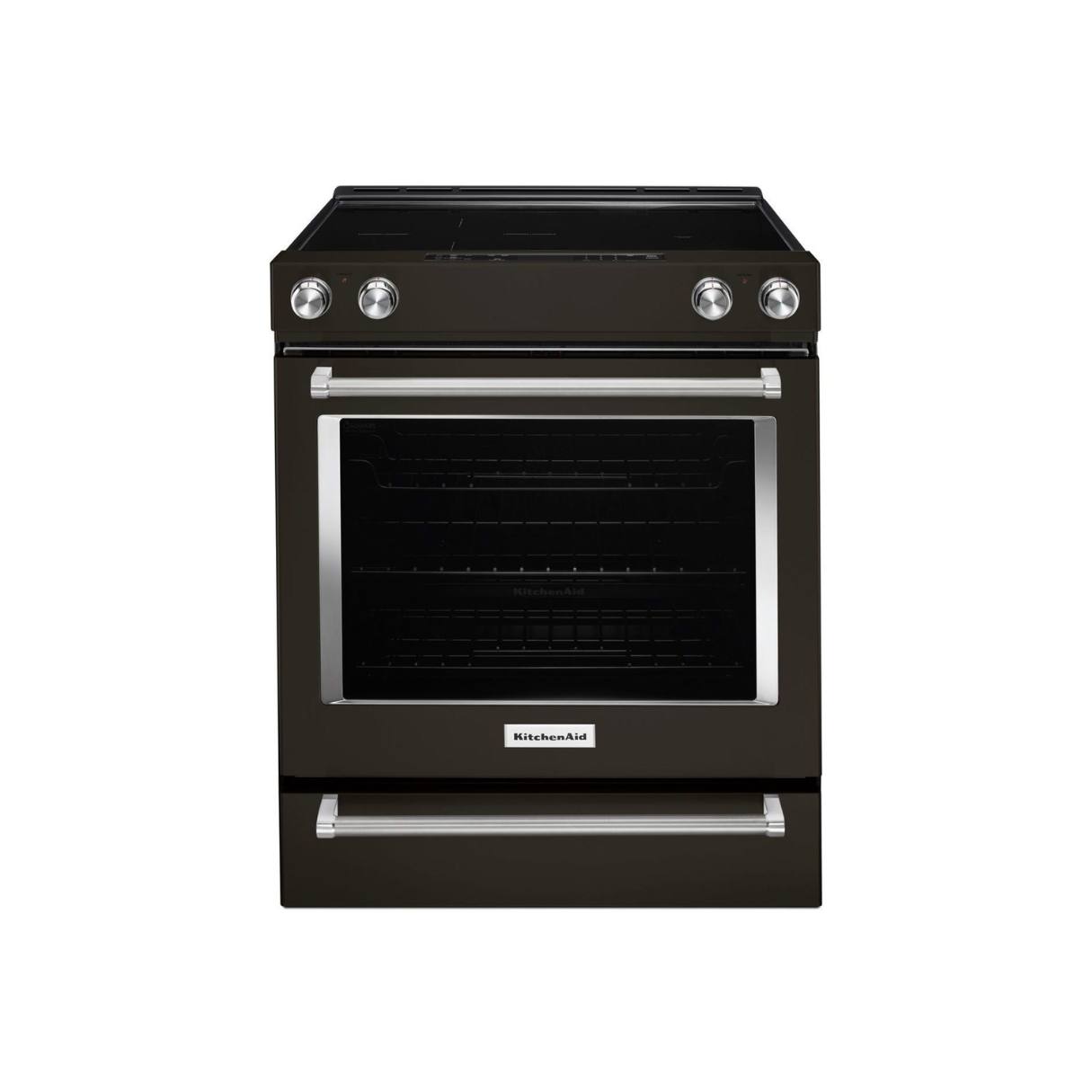
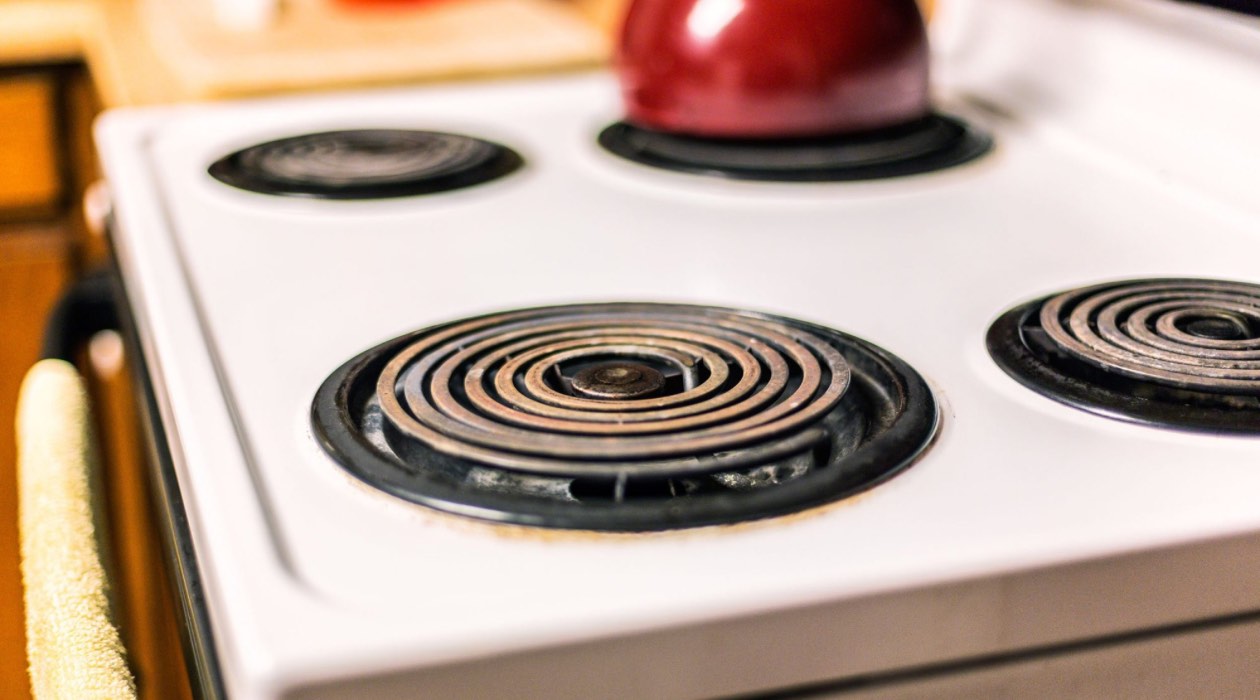
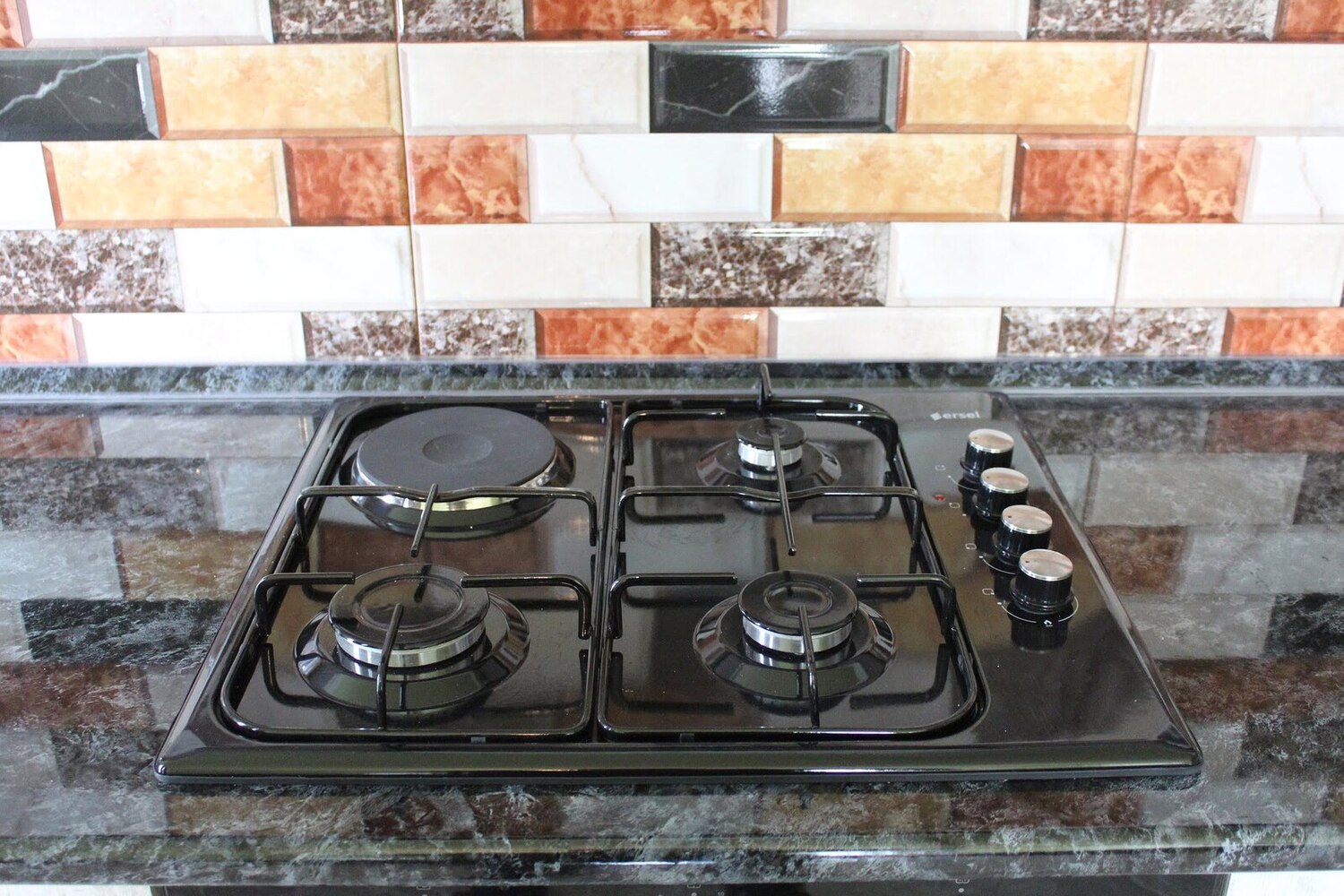
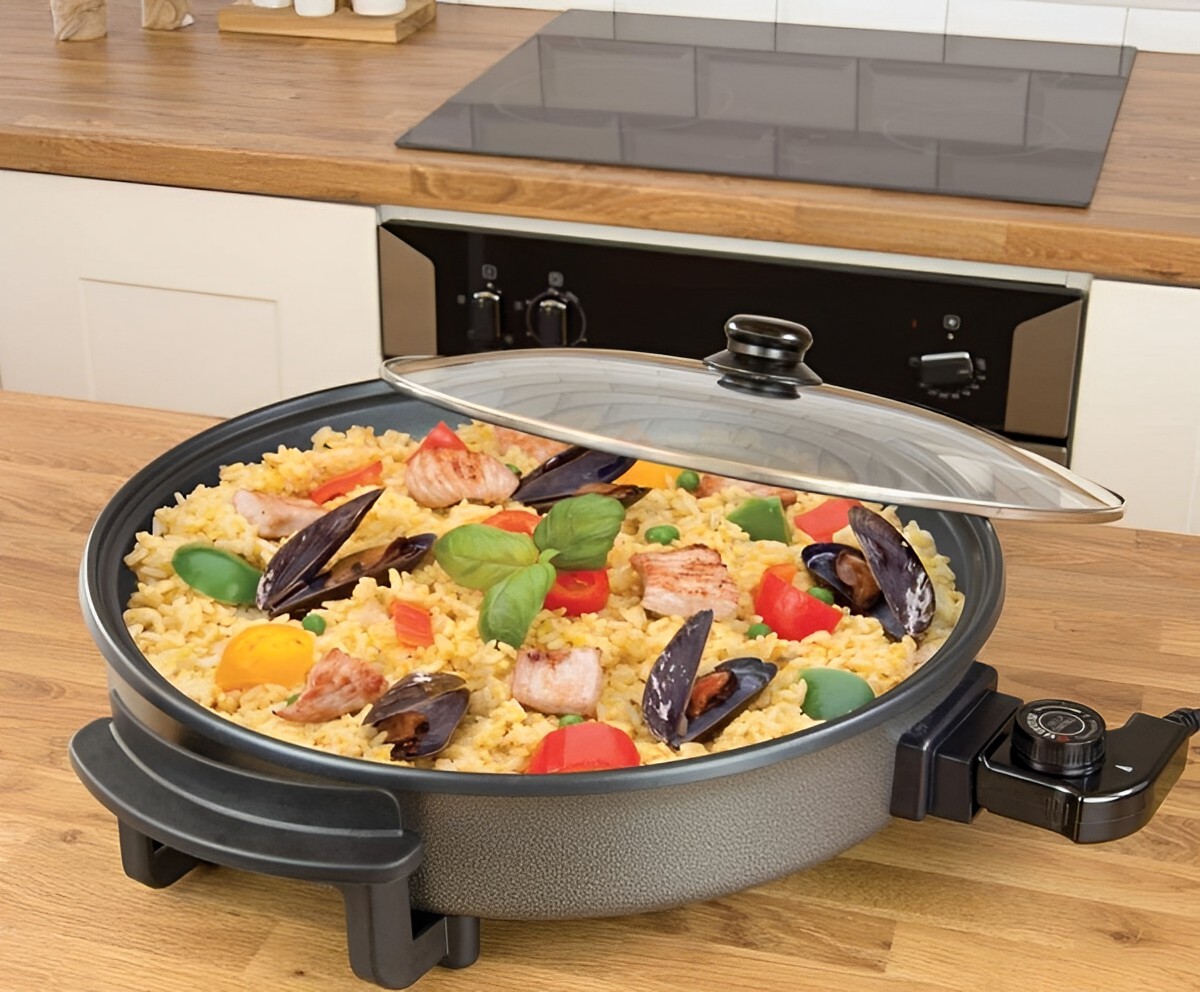
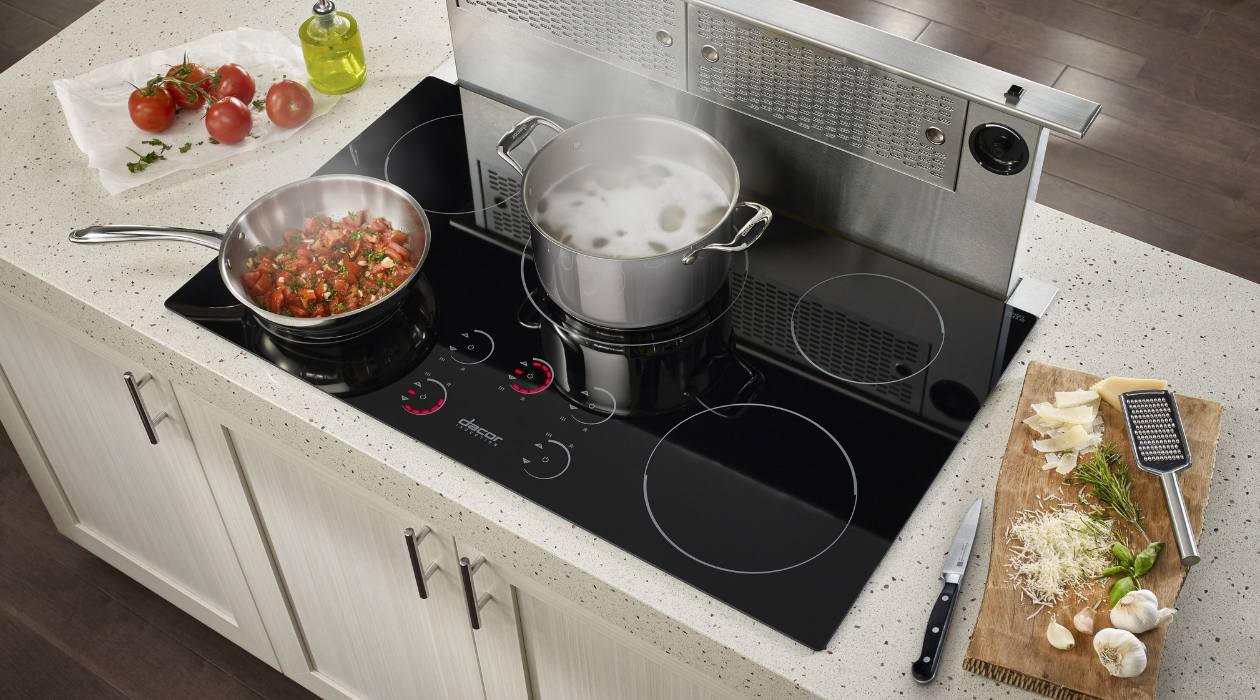
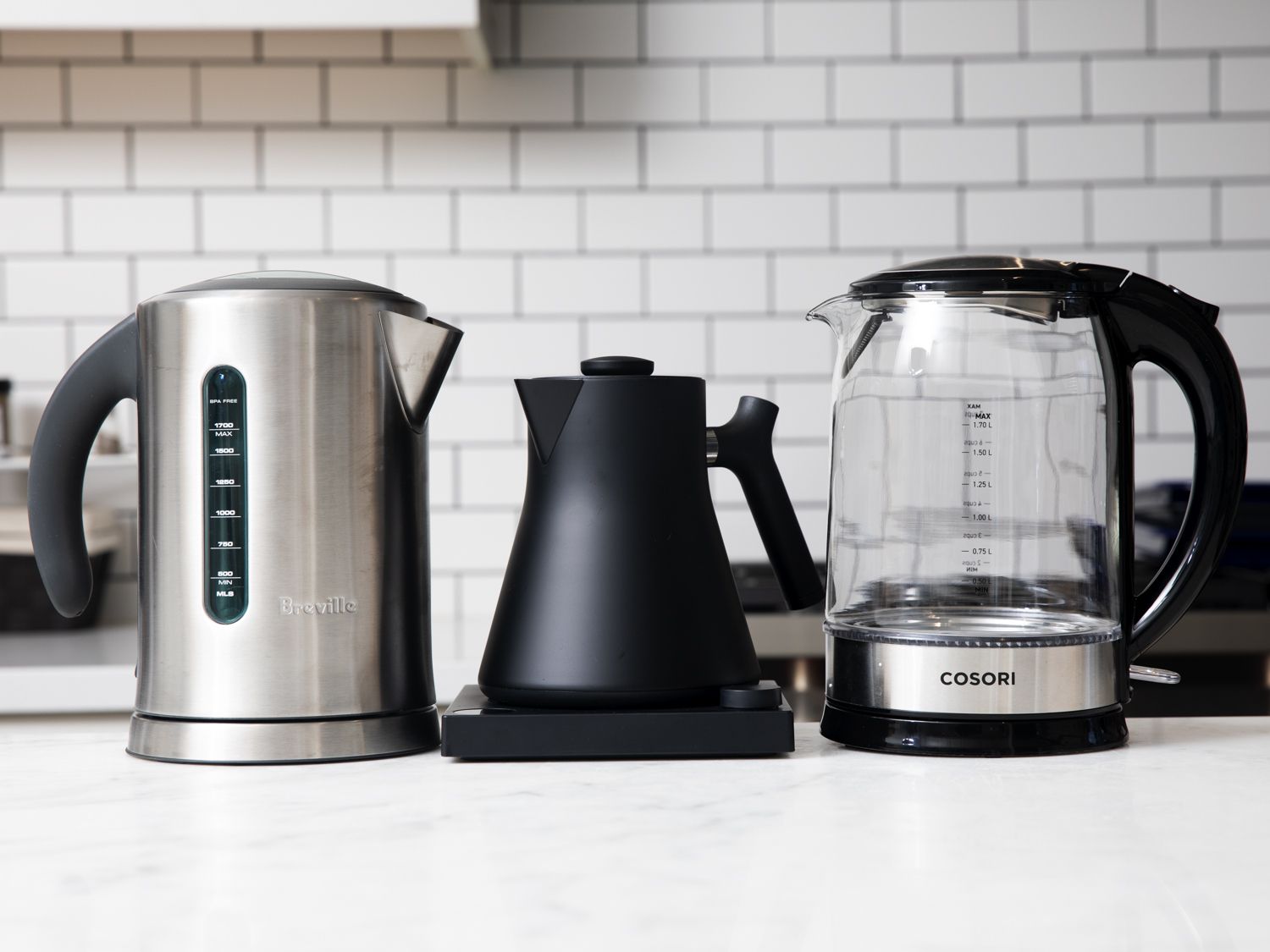

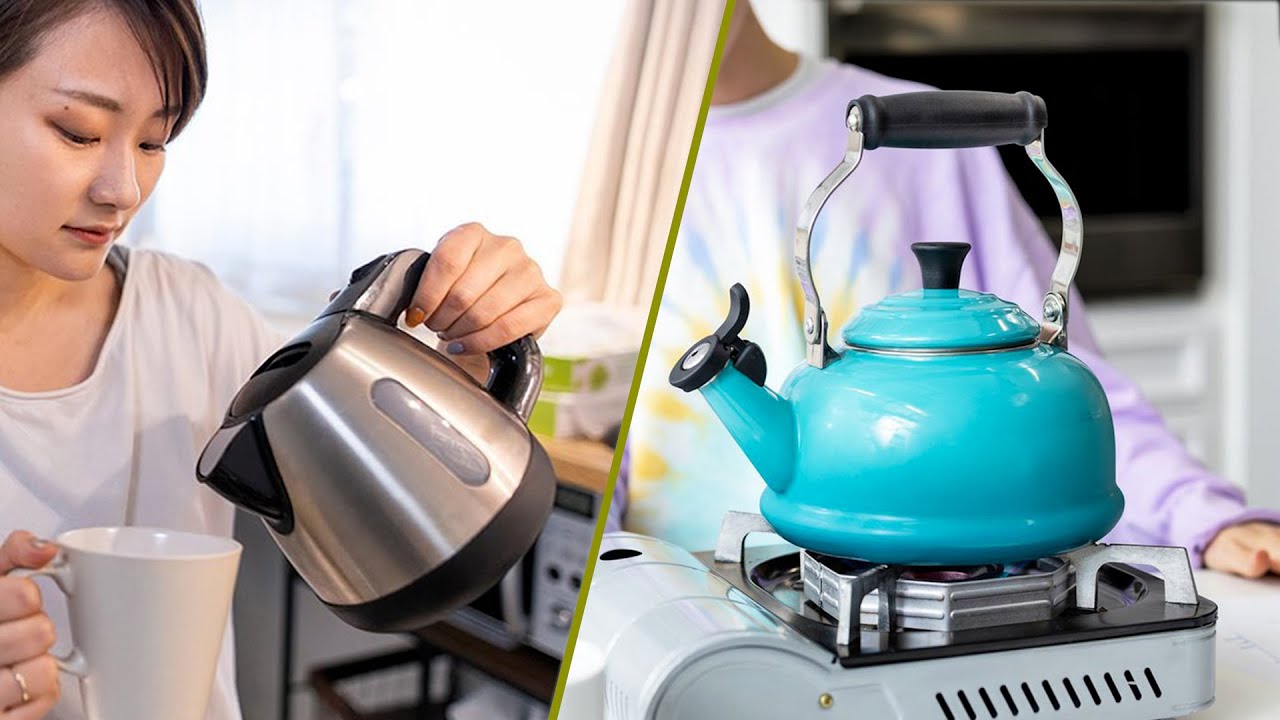
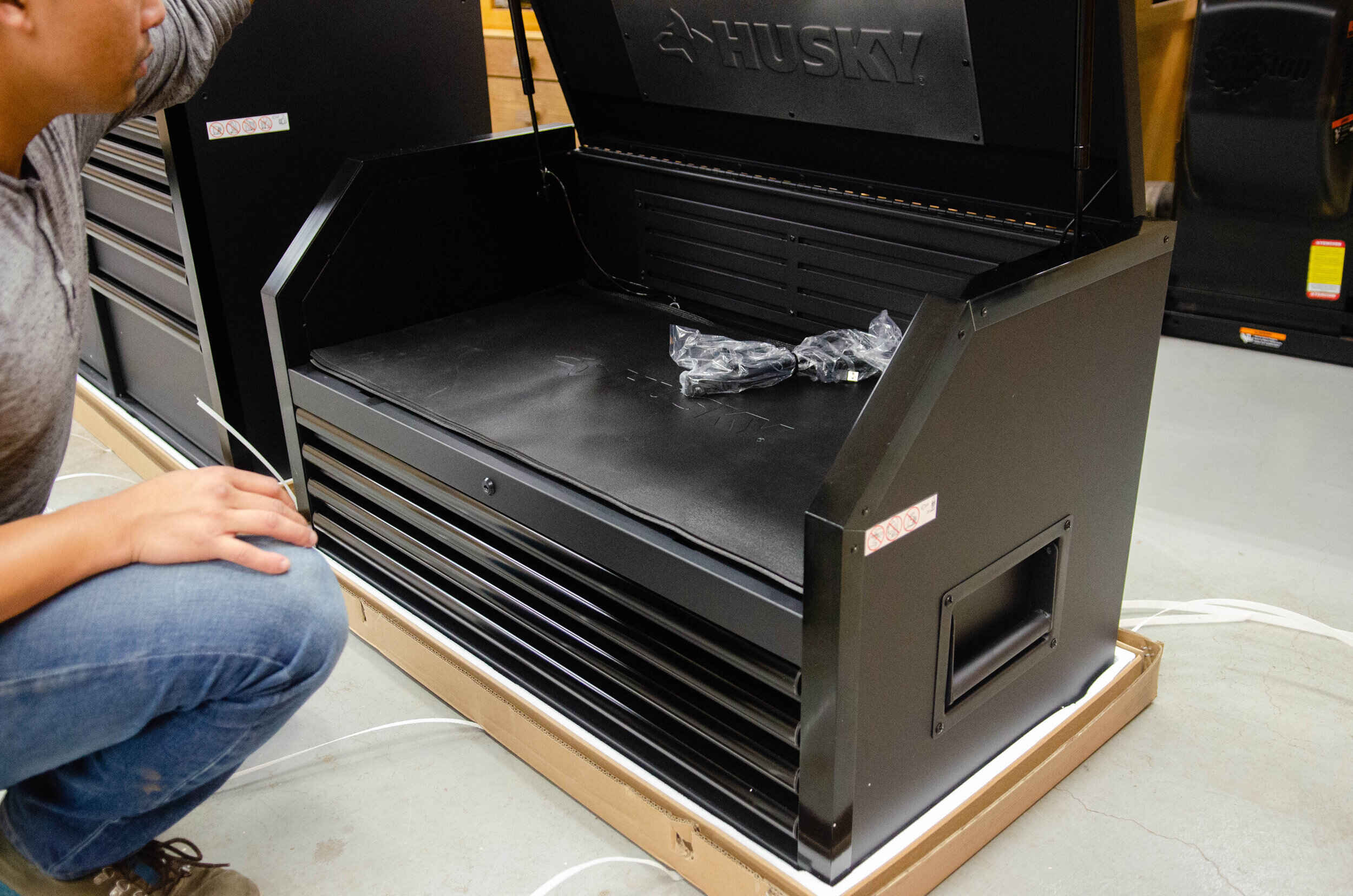
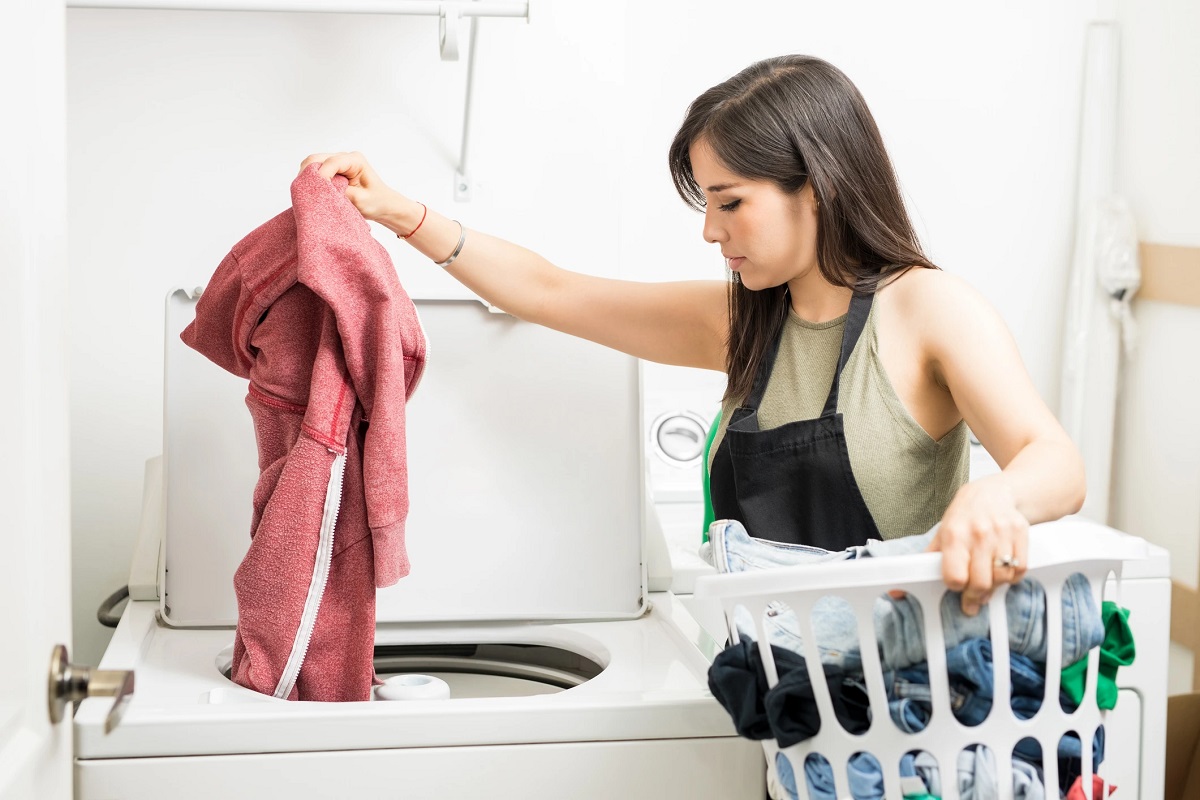
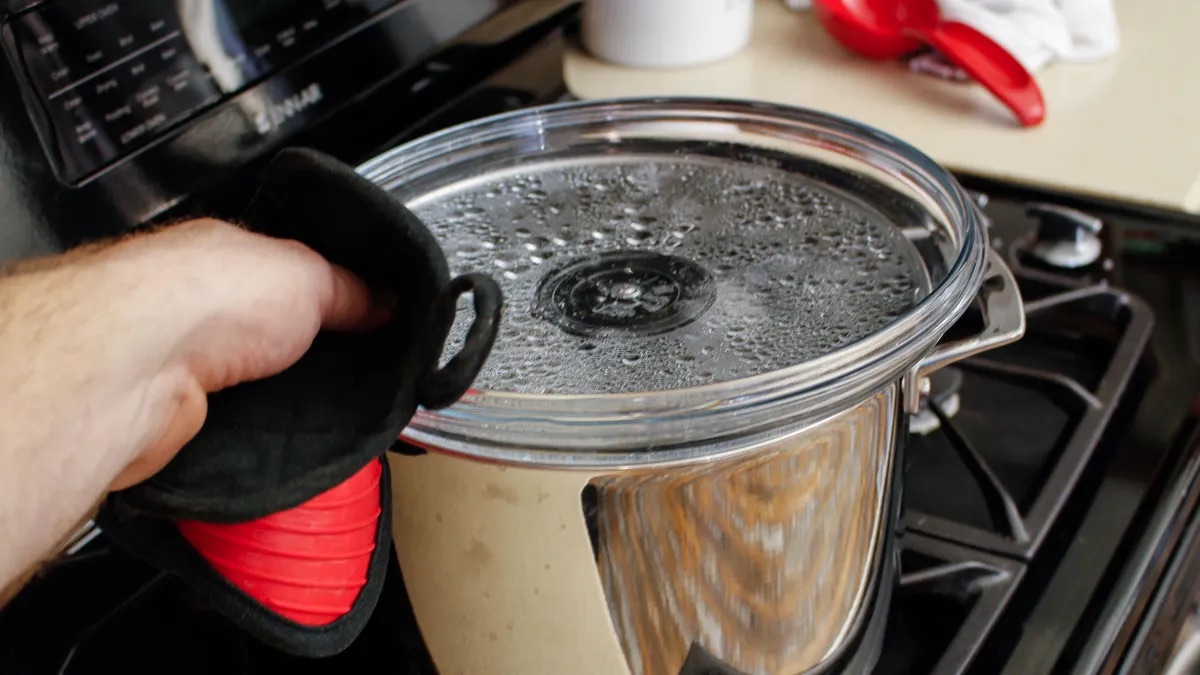

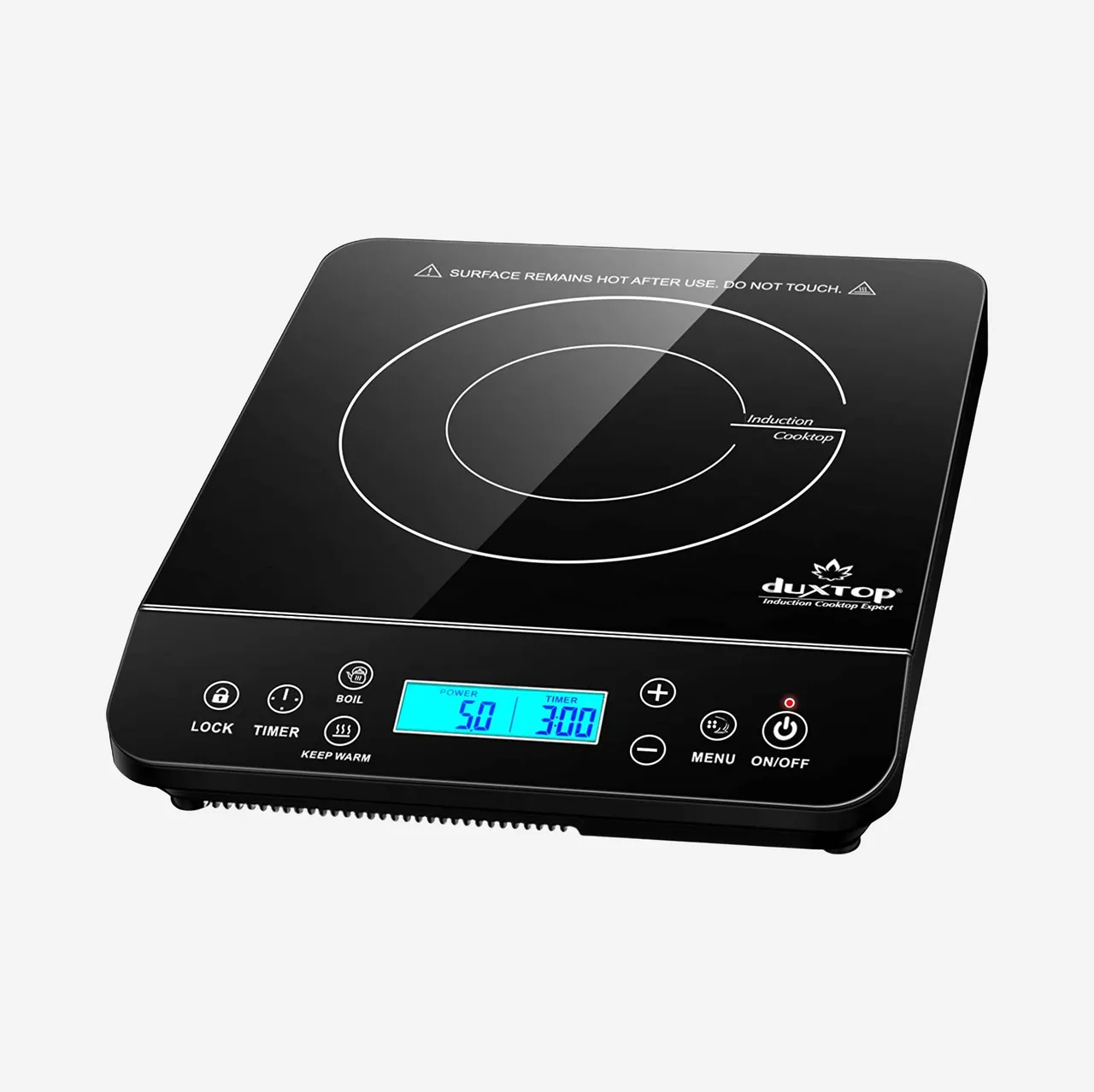
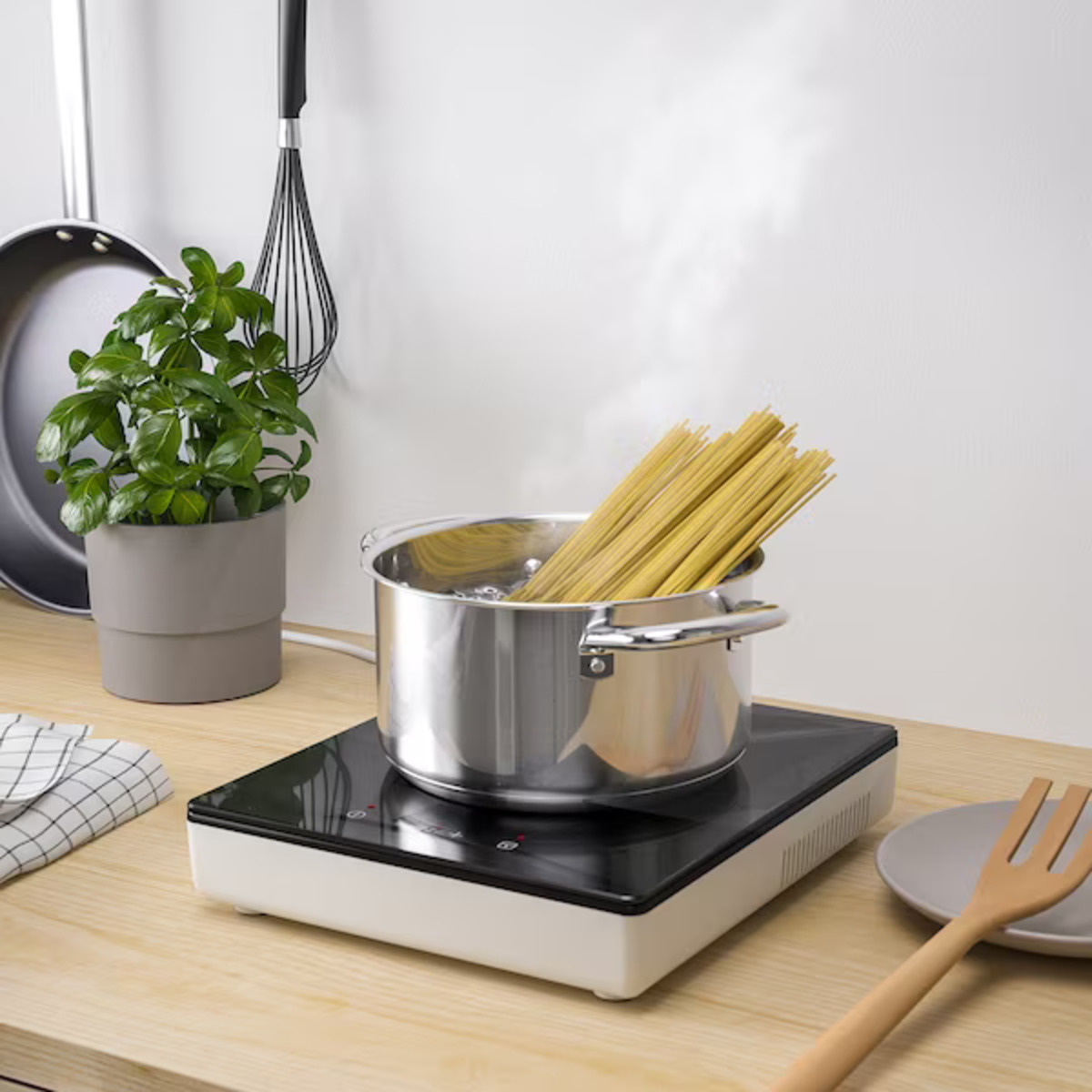

0 thoughts on “Which Electric Stove Top Is The Best”